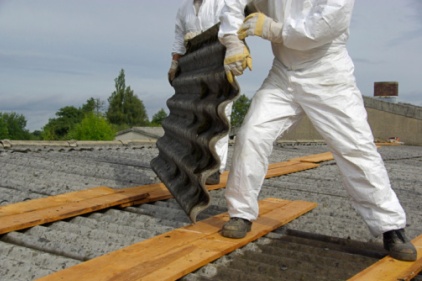 A new study finds that 5 percent of all cancer deaths in Britain – approximately 8,000 deaths each year --are linked to occupations, particularly those where asbestos, diesel engine fumes or shift work is involved.
A new study finds that 5 percent of all cancer deaths in Britain – approximately 8,000 deaths each year --are linked to occupations, particularly those where asbestos, diesel engine fumes or shift work is involved.
Published in the British Journal of Cancer, the study also found that just under half of these deaths were among male construction workers who are most likely to come into contact with asbestos as well as other important carcinogens such as silica and diesel engine exhaust.
Researchers used a list of work-related cancer causing substances identified by the International Agency for Research on Cancer (IARC) to calculate the impact of work on cancer cases and deaths. And they found that around 13,600 new cancer cases are caused by risk factors related to work each year.
After asbestos, the main work-related risk factors were night shift-work – linked to around 1,960 female breast cancer cases, mineral oil from metal and printing industries – linked to around 1730 cases of bladder, lung and non-melanoma skin cancers, sun exposure – linked to around 1540 skin cancer cases, silica exposure – linked to 910 cancer cases and diesel engine exhaust – linked to 800 cases.
And researchers warned that these estimates of cancer cases and deaths linked to occupation are likely to be conservative and could be even higher as new work-related risk factors are identified or the understanding of potential risk factors becomes more definite.
Lead author Dr Lesley Rushton, an occupational epidemiologist based at Imperial College London, said: “This study gives us a clear insight into how the jobs people do affect their risk of cancer.
“The cancer with the greatest number of cases and deaths linked to work is lung – a disease which is hard to detect early and has poor survival. Over 30 occupational exposures have been identified by IARC as definite or probable lung cancer causing substances.
“One of the best ways we can beat the disease is by preventing it in the first place. Smoking has the single biggest impact on lung cancer risk, but work-place risks are also having a significant effect.”
Asbestos remains the most important occupational risk factor. Even though it is no longer used in construction, maintenance on old buildings can still be a risk for workers today. And the number of asbestos-related cancers is expected to continue to rise because they can take a long time to develop.

